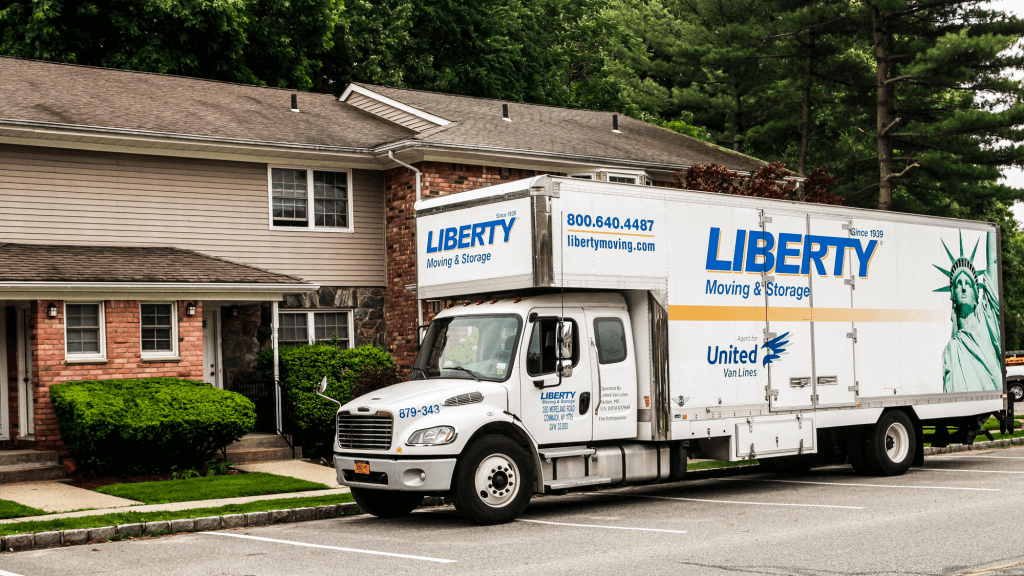Moving Home – Why Not Let to Buy?
 There can be lots of reasons, of course, for deciding to move home – a new job, impending retirement, moving closer to family, or simply a further step up the property ladder. One of the most common stumbling blocks, however, is often the sale of the existing home – even though this is where most of your equity is tied up. One way of avoiding the obstacle of selling your home could be via let to buy.
There can be lots of reasons, of course, for deciding to move home – a new job, impending retirement, moving closer to family, or simply a further step up the property ladder. One of the most common stumbling blocks, however, is often the sale of the existing home – even though this is where most of your equity is tied up. One way of avoiding the obstacle of selling your home could be via let to buy.
What is it?
In the conventional course of events, an existing home is sold in order to finance the purchase of the next property. But if your current mortgage lender will agree to the arrangement, it may often be possible to let the present home to tenants, continue to pay the mortgage from the proceeds of the rental income, and take a new advance of funds with which to buy a new home. The latter is a particular kind of mortgage – not unreasonably – called a let to buy mortgage.
What’s the benefit?
The benefit of this kind of arrangement lies not just in avoiding the hassle, inconvenience and expense of first selling your home, it also makes you a potentially more attractive prospect to the lender providing funds for your next property purchase. The attraction, of course, lies in your having a steady rental income and it is the size and likely dependability of such an income that typically determines the amount that might be advanced for the second purchase.
Provided the regularity of an adequate rental income can be assured and is sufficient to cover the existing mortgage repayments plus associated insurances, then your obligations under this loan can be put to one side when considering the advance of the new mortgage. What is likely to matter most to the new mortgage lender is the reliability and amount of the rental income on your existing home.
Of course, the lender is likely to expect you to provide a deposit against the new purchase you are proposing to make, but even this sum might be raised through remortgaging the existing property or by arranging a secured loan against it (especially if you already hold significant equity in its market value).
What is more, of course, is the important fact that your original home – now regularly let to paying tenants and providing a steady income stream – remains in your ownership. Your original home becomes a capital investment, which can be cashed in at any time you do wish to sell it, but in the meantime continues to generate an investment income.
Is there a downside?
Any investment is likely to pose some degree of risk, of course. In the case of let to buy, perhaps the greatest risk is the unexpected loss or cessation of rental income from your original home. Without this, the mortgage may well go unpaid and the property itself could fall prey to repossession.
Another potential downside to let to buy is that your current mortgage lender does not allow such arrangements. Naturally, the lender’s permission is needed if the mortgaged property is to be let in this way and some mortgage providers simply do not allow it. It is also necessary to confirm with your insurers that adequate buildings and contents insurance remains in place throughout the period that your original home is let and this will be via a landlord’s insurance policy rather than a traditional home insurance policy.





